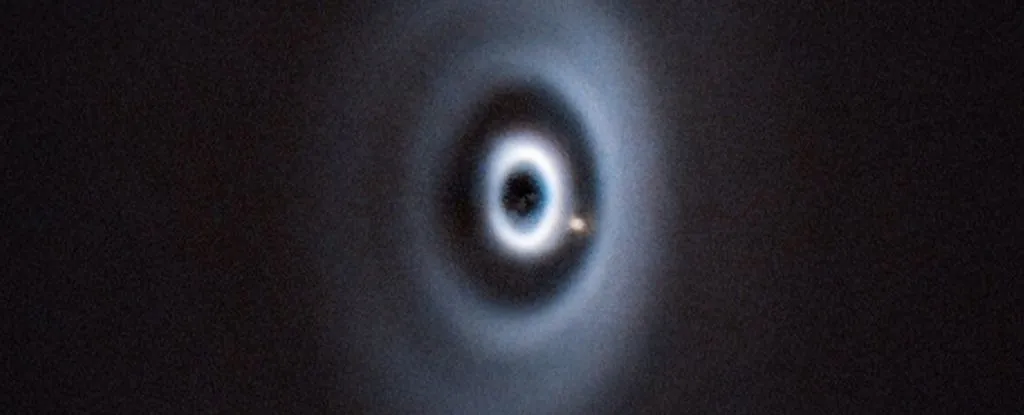
Astronomers Make History: First Baby Planet Spotted Shaping Cosmic Rings
2025-09-12
Author: Sarah
A Groundbreaking Discovery in Astronomy
For the very first time, astronomers have identified a baby planet that's playing a key role in sculpting the dusty disk around a newborn star. This remarkable find not only fascinates, but it also validates theories about planetary formation that have long been debated.
The Elusive WISPIT-2b
Named WISPIT-2b, this exoplanet marks a pivotal moment in planetary astronomy. While previous studies acknowledged gaps in these protoplanetary disks, the celestial bodies creating them remained undetected until now—leaving scientists in suspense. According to astronomer Laird Close from the University of Arizona, this breakthrough ends that tension in astronomical literature, confirming that protoplanets can indeed create the dark gaps observed.
How Stars and Planets Are Born
The birth of stars and their planets is a complex process. It begins with a cold molecular cloud that becomes dense enough to collapse under its own gravity, forming a protostar. As this protostar spins, it collects material, creating a disk that eventually forms the planets, asteroids, and comets around the star.
Detecting the Hidden Planet
Young planets are rich in hot hydrogen gas that brightens in a specific light—H-alpha—making them detectable. An international team of scientists developed MagAO-X, an advanced optics system for the Magellan Telescope, specifically to identify this light signature, enabling them to pinpoint the hidden planet WISPIT-2b amid the chaos of stellar formation.
Meet the Star: TYC-5709-354-1
The host star, TYC-5709-354-1, also called WISPIT-2, is a Sun-like star located 434 light-years away. Previous studies had already shown a massive disk with an expansive gap, but it wasn’t until the MagAO-X system was applied that the team managed to
 Brasil (PT)
Brasil (PT)
 Canada (EN)
Canada (EN)
 Chile (ES)
Chile (ES)
 Česko (CS)
Česko (CS)
 대한민국 (KO)
대한민국 (KO)
 España (ES)
España (ES)
 France (FR)
France (FR)
 Hong Kong (EN)
Hong Kong (EN)
 Italia (IT)
Italia (IT)
 日本 (JA)
日本 (JA)
 Magyarország (HU)
Magyarország (HU)
 Norge (NO)
Norge (NO)
 Polska (PL)
Polska (PL)
 Schweiz (DE)
Schweiz (DE)
 Singapore (EN)
Singapore (EN)
 Sverige (SV)
Sverige (SV)
 Suomi (FI)
Suomi (FI)
 Türkiye (TR)
Türkiye (TR)
 الإمارات العربية المتحدة (AR)
الإمارات العربية المتحدة (AR)